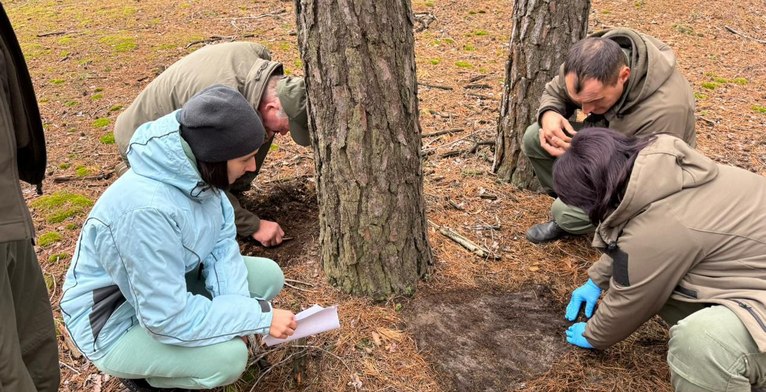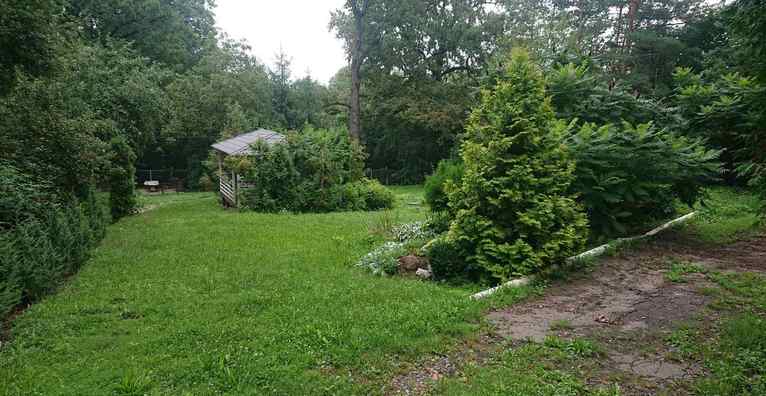In recent years, the dieback of ash and birch trees has been observed throughout Ukraine. The fungus causing ash dieback, Hymenoscyphus fraxineus, arrived in Poland from Asia in 1992 and quickly spread across Europe, virtually destroying ash plantations. This disease causes necrosis and rapid death of ash trees regardless of their age or climatic conditions. The infection spreads through fallen leaf stalks, making it virtually impossible to eliminate the source of infection. The main symptoms of this disease include withering of leaves, shoots, branches, and eventually the entire tree crown, appearance of necrotic spots on shoots, branches and trunk, and partial or complete death of the crown.
A similar situation is now occurring with birch trees - back in 2013, Belarusian and Ukrainian foresters and scientists raised the alarm. Birch, which was considered a species quite resistant to diseases and adversities, began to die en masse in recent years. Scientists have found that the cause is an aggressive bacterium (Erwinia nimiprussalis) that affected deciduous plantations in Siberia and Kazakhstan as early as the 1970s. Bacterial cancer, or bacterial dropsy, mainly affects mature trees. Swellings appear on the birch bark, inside which fluid accumulates. Gradually, starting from the top, the tree dries up and dies completely. The spread of the disease may be caused by drought or fluctuations in groundwater levels, or some stressful situations - soil compaction, damage to the root system. Over the past few years, specialists of the SSFPE "Kharkivlisozakhyst" have been studying the causes of mass dieback of birch and ash trees in Ukraine. Unfortunately, during inspections of tree conditions on monitoring plots in Sumy and Kharkiv regions in April 2015, more than 60% of ash and birch trees had already fallen victim to these pathogens. The aforementioned invasive species develop deep in the wood, quickly leading to tree death.







